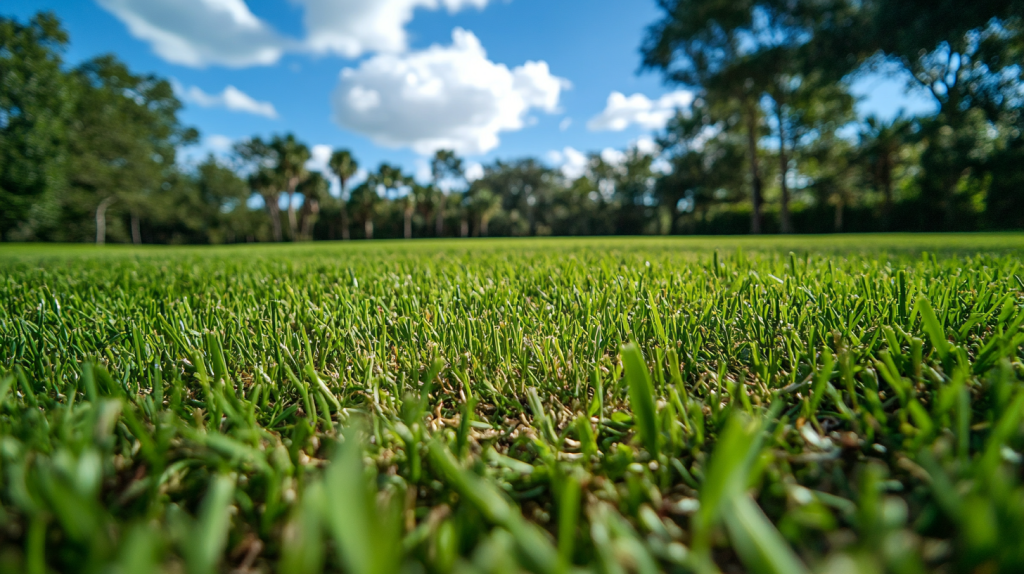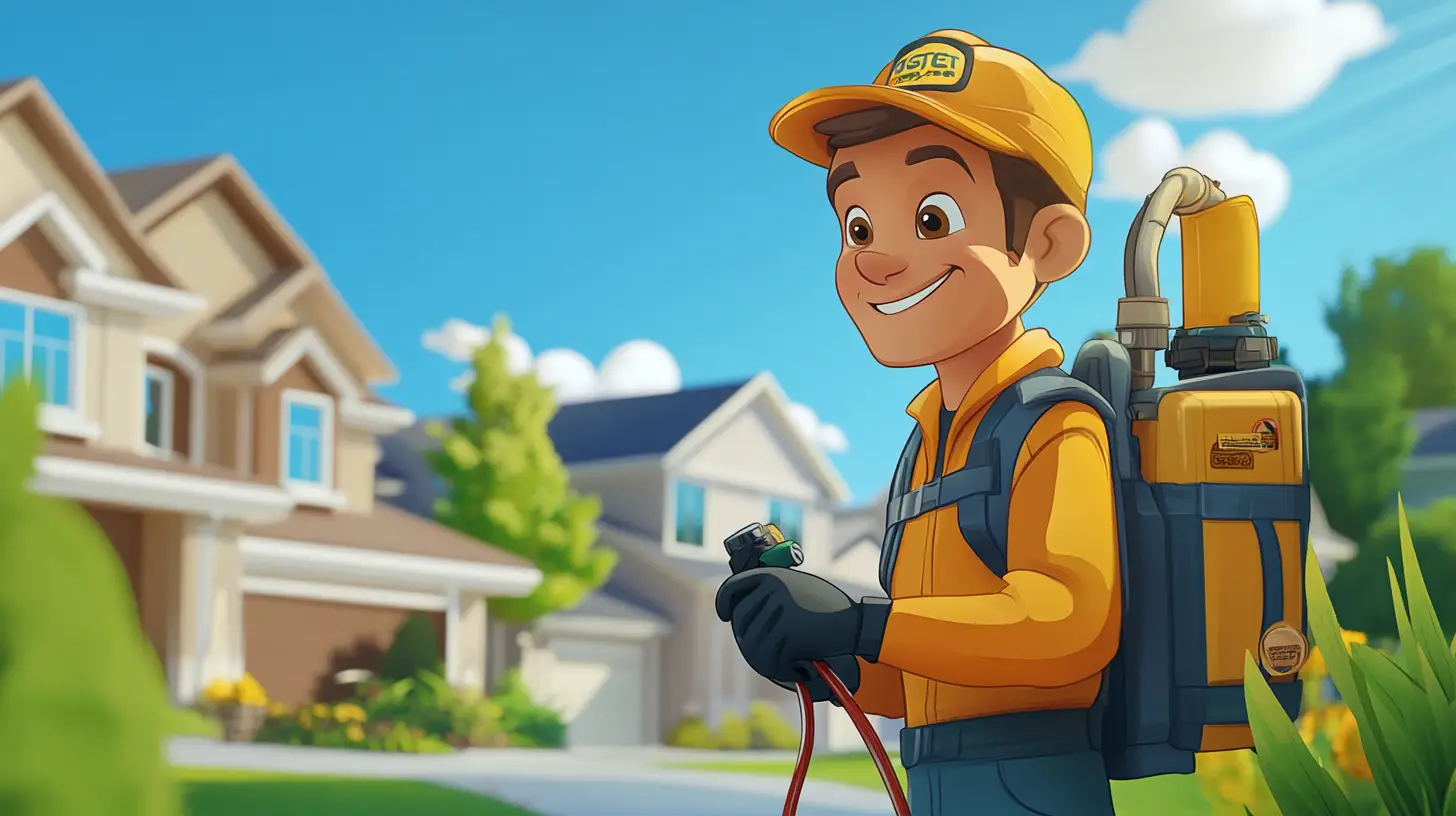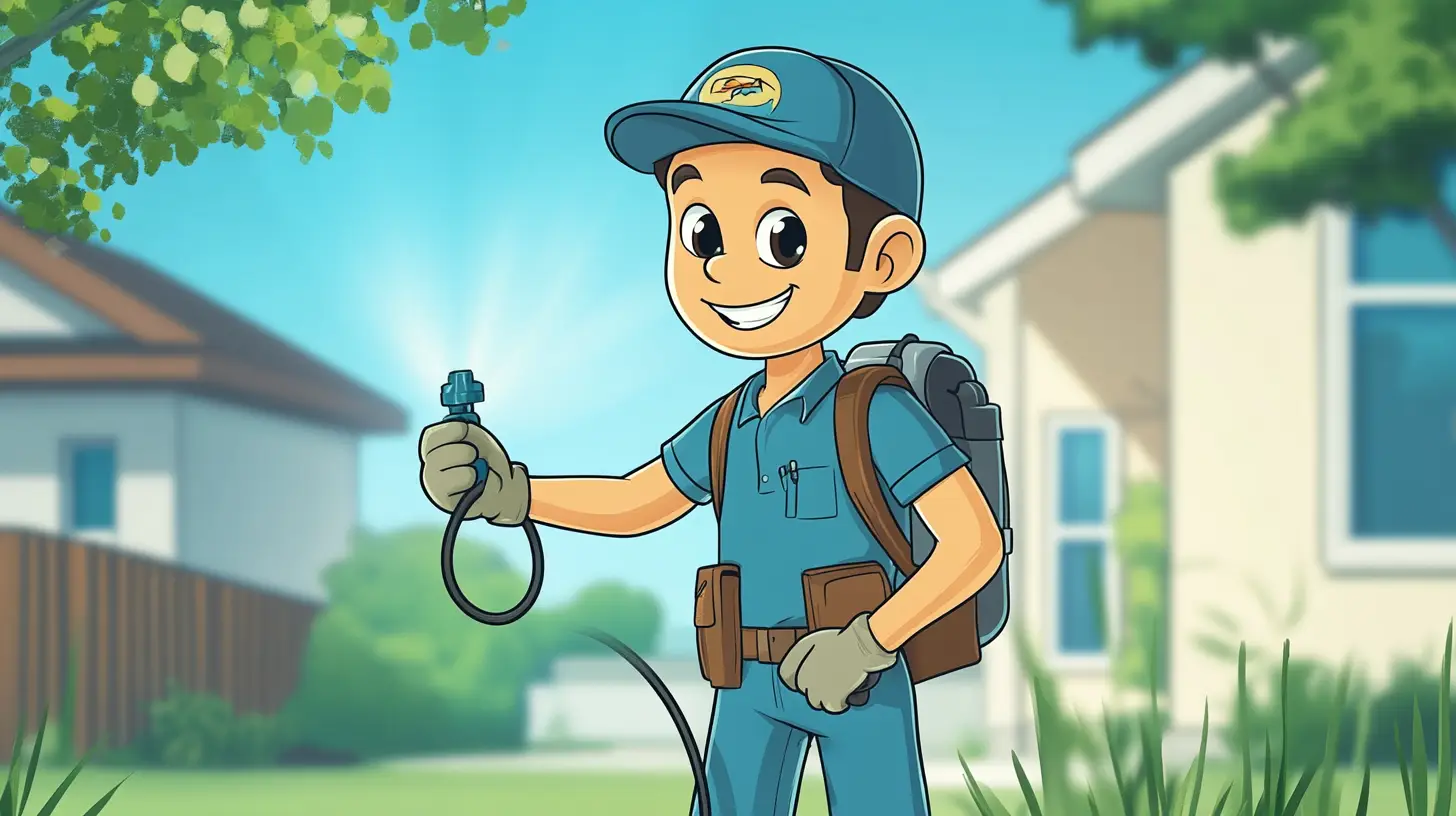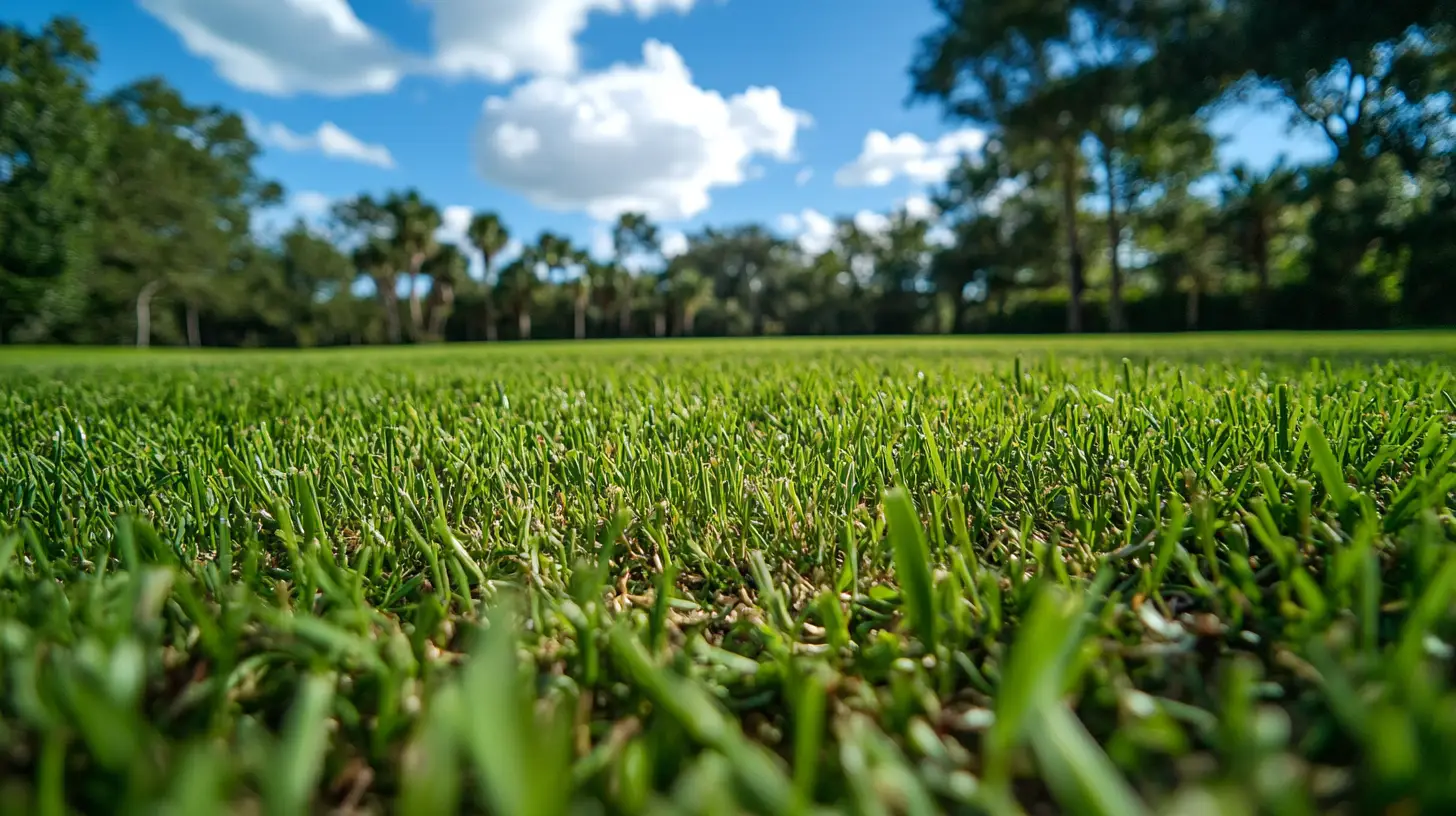
North Port’s unique grass varieties thrive in Southwest Florida’s subtropical climate, offering homeowners both opportunities and challenges for creating attractive, sustainable lawns. Whether you’re a new resident trying to understand your existing lawn or a long-time homeowner considering a change, knowing the characteristics and care requirements of different grass types can save you time, money, and frustration. This guide explores the most common grass varieties in North Port, their historical significance to the area, and practical advice for maintaining a healthy lawn that enhances your property’s beauty and value.
Key Takeaways
- St. Augustine grass dominates North Port landscapes due to its heat tolerance and lush appearance, though it requires consistent irrigation and vigilance against pests like chinch bugs.
- Bahiagrass offers a drought-resistant, low-maintenance alternative ideal for larger properties, with deep root systems that reduce watering needs.
- Bermudagrass provides excellent wear resistance for high-traffic areas but demands more frequent mowing and maintenance than other varieties.
- Zoysia grass has gained popularity as a middle-ground option with moderate water requirements and a dense, attractive appearance.
- Seasonal care adjustments are crucial for North Port lawns, with different maintenance needs during the rainy summer months versus drier winter periods.
- Environmental considerations, including water conservation and fertilizer runoff concerns, increasingly influence grass selection for environmentally conscious homeowners.
The Grass Species That Thrive in North Port’s Climate
St. Augustine grass dominates North Port’s residential landscapes due to its exceptional tolerance for Florida’s heat and humidity. This robust grass variety, with its wide, flat blades and deep green color, has become the foundation of many local lawns since the city’s early development in the 1950s. When Charlotte County began promoting the area as a residential haven, developers quickly recognized that St. Augustine grass could withstand the region’s challenging subtropical conditions.
History of North Port’s Grasses
North Port’s relationship with turfgrass began well before the city’s incorporation in 1959. Native grasses once covered the area, but as development increased, imported varieties became necessary for residential aesthetics. St. Augustine grass was introduced to Florida in the late 1800s, becoming particularly popular in North Port during the post-WWII housing boom.
Bahiagrass also has deep roots in North Port’s history. Originally brought to Florida from South America in the 1930s, it gained popularity as a low-maintenance option for larger properties. During North Port’s rapid expansion in the 1970s and 1980s, Bahiagrass became the economical choice for quickly establishing lawns in new developments.
Bermudagrass came later to North Port, primarily introduced for golf courses and athletic fields before making its way to residential properties seeking a manicured appearance.
Characteristics of Popular North Port Grass Types
St. Augustine grass remains the most common variety in North Port neighborhoods. Its thick, carpet-like growth pattern effectively crowds out weeds and provides a lush appearance. The “Floratam” cultivar, developed in the 1970s, offers improved disease resistance specifically suited for Florida conditions. However, St. Augustine requires consistent irrigation, especially during dry winter months, and can struggle in heavily shaded areas.
Bahiagrass presents a more drought-resistant alternative with its deep root system that can access groundwater sources even during dry spells. Its characteristic V-shaped seed heads and bluish-green color create a distinctive look that some homeowners prefer for larger properties. Bahiagrass requires less water and fertilizer than St. Augustine, making it environmentally friendlier but less uniform in appearance.
Bermudagrass offers the finest texture among common North Port varieties. Its dense growth pattern and rapid recovery from damage make it ideal for high-traffic areas. However, it demands the most maintenance with frequent mowing requirements and less shade tolerance than other options.
Zoysia grass has gained popularity among North Port homeowners seeking a middle ground between appearance and maintenance. Its slow growth reduces mowing frequency, while its drought tolerance suits Florida’s occasional water restrictions.
Why North Port Homeowners Love Their Grass
Many North Port residents appreciate how established St. Augustine lawns create a visually cohesive neighborhood appearance. The grass’s thick growth pattern provides a comfortable surface for barefoot activities, particularly valued by families with children and pets. Properly maintained lawns also contribute significantly to property values and neighborhood pride.
Homeowners with larger lots often prefer Bahiagrass for its sustainability advantages. Its reduced irrigation needs align with water conservation efforts and lower maintenance costs. The grass’s natural resilience to pests means fewer chemical treatments, supporting North Port’s commitment to environmental stewardship.
Common Frustrations for North Port Lawn Enthusiasts
Despite its popularity, St. Augustine grass presents challenges for many North Port homeowners. Its susceptibility to chinch bugs and brown patch fungus can lead to unsightly dead patches, particularly during humid summer months. The grass also demands regular irrigation, placing pressure on water resources during dry periods.
Bahiagrass, while durable, produces numerous seed heads that require frequent mowing during peak growing seasons. Its less manicured appearance sometimes conflicts with neighborhood aesthetics, especially in more upscale communities with strict HOA requirements.
Bermudagrass maintenance demands can overwhelm casual gardeners. Its aggressive growth habit necessitates edging to prevent invasion of garden beds and neighboring properties, creating tension between neighbors when not properly managed.
Seasonal Considerations for North Port Grass Care
North Port’s subtropical climate creates unique seasonal challenges for lawn care. Summer brings abundant rainfall but also increased disease pressure and pest activity. St. Augustine lawns particularly suffer from chinch bug infestations during hot, dry periods between summer storms.
Winter months bring cooler temperatures and reduced rainfall, stressing all grass varieties but particularly affecting St. Augustine growth. Bahiagrass and Bermudagrass enter dormancy, turning brown until spring conditions return, which some homeowners find visually unappealing.
Spring triggers rapid growth across all grass types, requiring increased mowing frequency and fertilization schedules. Fall presents the ideal time for overseeding or establishing new lawns before winter’s cooler temperatures arrive.
Environmental Impact of Lawn Choices
North Port’s proximity to Charlotte Harbor and numerous waterways makes environmentally conscious lawn care particularly important. Excessive fertilizer runoff contributes to water quality issues, including harmful algal blooms. Bahiagrass and native grass varieties require less fertilizer, making them environmentally preferable options for concerned homeowners.
Water conservation presents another environmental consideration. St. Augustine’s high water requirements conflict with Southwest Florida’s occasional drought conditions and watering restrictions. Homeowners increasingly explore alternatives like partial lawn replacement with native plants and mulched areas to reduce overall irrigation needs.
Frequently Asked Questions (FAQs)
What is the best grass type for a new North Port lawn?
St. Augustine grass remains the most popular choice for North Port homes due to its adaptability to local conditions and attractive appearance. For homeowners prioritizing lower maintenance and water conservation, Bahiagrass presents a solid alternative, particularly for larger properties. Consider your specific yard conditions, including sun exposure, soil quality, and irrigation availability, when making your selection.
How often should I water my North Port lawn?
Watering requirements vary by grass type and season. During established growth periods, St. Augustine typically needs irrigation 2-3 times weekly when rainfall is insufficient. Bahiagrass may thrive with just 1-2 weekly waterings or even less during normal rainfall periods. Always follow local water restrictions, which change seasonally, and water deeply but infrequently to encourage deeper root growth and drought resistance.
When is the best time to fertilize grass in North Port?
For most North Port grass varieties, apply fertilizer in early spring (March-April) when growth begins to accelerate, and again in late summer or early fall (September-October). Avoid fertilizing during the height of summer rainy season when runoff concerns are highest. Always use slow-release fertilizers with appropriate ratios for your specific grass type to minimize environmental impact.
How can I deal with chinch bugs in my St. Augustine lawn?
Chinch bugs represent the most destructive pest for St. Augustine grass in North Port. Regular monitoring, particularly during hot, dry periods, allows for early detection. Look for yellowing patches that don’t respond to watering, often starting near driveways or sidewalks. Treatment options include insecticidal soaps for minor infestations or professional pest control services for widespread problems. Maintaining proper mowing height (3-4 inches) and avoiding excess nitrogen fertilizer can help prevent infestations.
Is artificial turf a good alternative for North Port homes?
While artificial turf eliminates maintenance concerns, its practicality in North Port’s climate remains questionable. The intense summer heat can make synthetic surfaces uncomfortably hot, and proper installation requires significant upfront investment. Some homeowners use artificial turf in smaller, problematic areas while maintaining natural grass elsewhere. Consider heat retention, installation costs, and HOA regulations before pursuing this option.
How can I make my North Port lawn more environmentally friendly?
Consider reducing your total lawn area by incorporating native plant gardens, which require less water and fertilizer. For remaining grass areas, select drought-tolerant varieties like Bahiagrass or Zoysia. Implement proper irrigation controls including rain sensors to prevent overwatering, and use slow-release, low-phosphorus fertilizers to minimize watershed impact. Grasscycling (leaving clippings on the lawn) reduces fertilizer needs while returning nutrients to the soil naturally.



